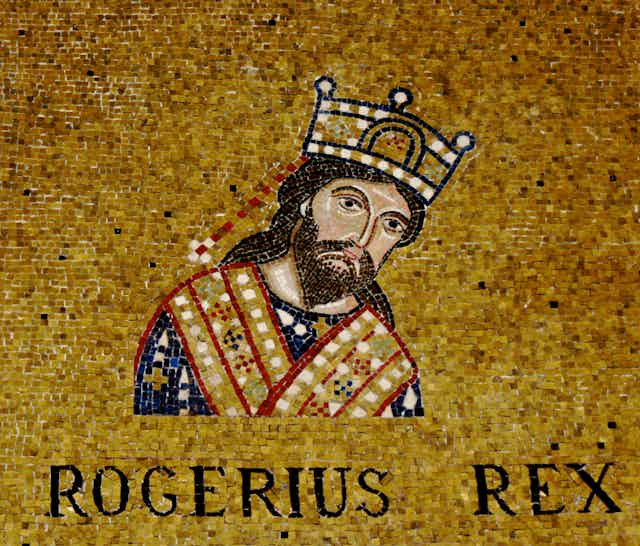For serious opera lovers, the new production of Karol Szymanowski’s 1926 opera Król Roger (English: King Roger), never before performed in Australia, is quite an event. One of only three operas Szymanowski composed, it is considered his masterpiece.
A co-production between Opera Australia and the Royal Opera House, the opera - which opens in Sydney this week - was staged at Covent Garden in 2015 to universal acclaim. The Danish director of the production, Kasper Holten, has described the theme of the work as one of “identity”, the perennial battle between mind and body, duty and desire.
Szymanowski had been influenced by his travels to Sicily (in 1911 and 1914), where he came to terms with his own homosexuality. He was fascinated by the figure of Roger II, a 12th century Norman king who battled his own issues of identity.

The opera is loosely based on historical evidence, and is more a spiritual and philosophical journey than a plot-driven drama. The main protagonists are few: there is Roger, his wife Roxana, the Muslim scholar Edrisi and the mysterious Shepherd, an exquisite youth preaching the relinquishment of worldly matters for sensuality and pleasure. Roger is at first sceptical, and with Edrisi as his advisor, resists the Shepherd’s call. As Roxana falls under the Shepherd’s spell, Roger too abandons himself to the ecstatic dance of the youth. Edrisi provides an anchor to the real world, eventually leading Roger back to his court in the third act.
A Muslim-Christian collaboration
The real story of Roger and Edrisi is just as compelling, although it shares little in common with Szymanowski’s opera. The establishment of the Norman kingdom in Sicily was a protracted and bloody process and Roger was hampered as a leader, straddling east and west. The Holy Roman and Byzantine Empires regarded the king as religiously suspect, and indeed rumours abounded that Roger had secretly converted to Islam.
In 1112, Roger’s capital was established at Palermo, a majority Arabic-speaking and Muslim city, also with a substantial Greek community. Roger cleverly co-opted Islamic and Graeco-Byzantine culture into his administration. His closest advisors were Muslims and Greeks, and he undertook a program of administrative reform and architectural commissions that brought together all that was best in Mediterranean culture.
This hybridity is starkly apparent in Siculo-Norman art. Roger has been depicted both as a Byzantine emperor, crowned by Christ himself, and as a Muslim caliph, with a dark complexion and kohl painted eyes.
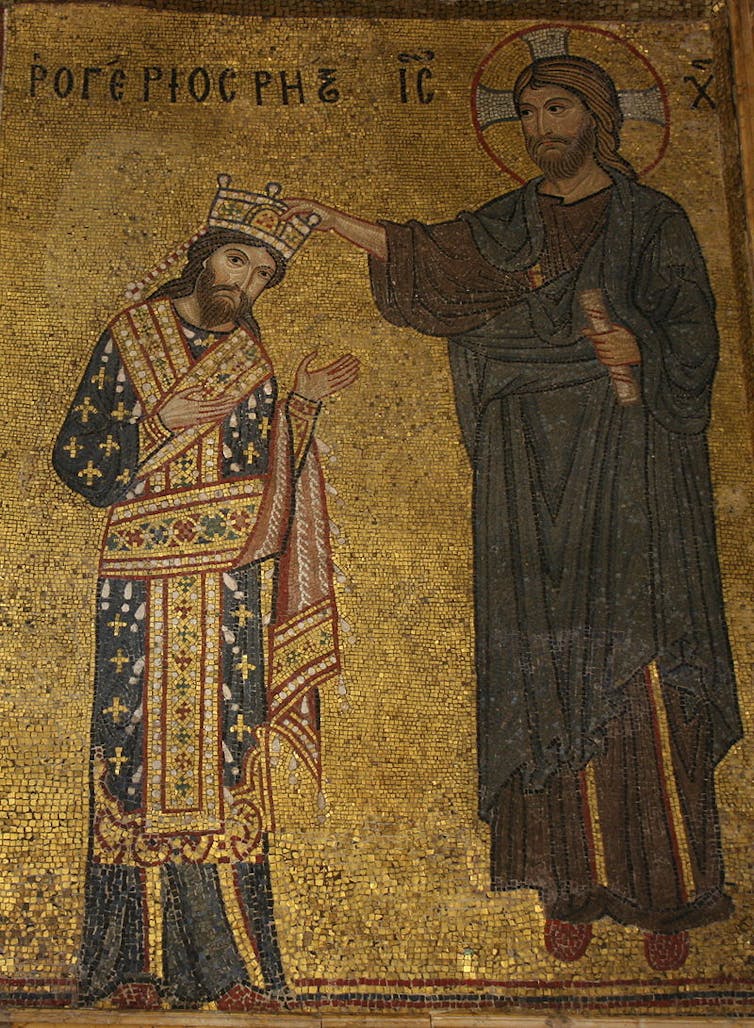
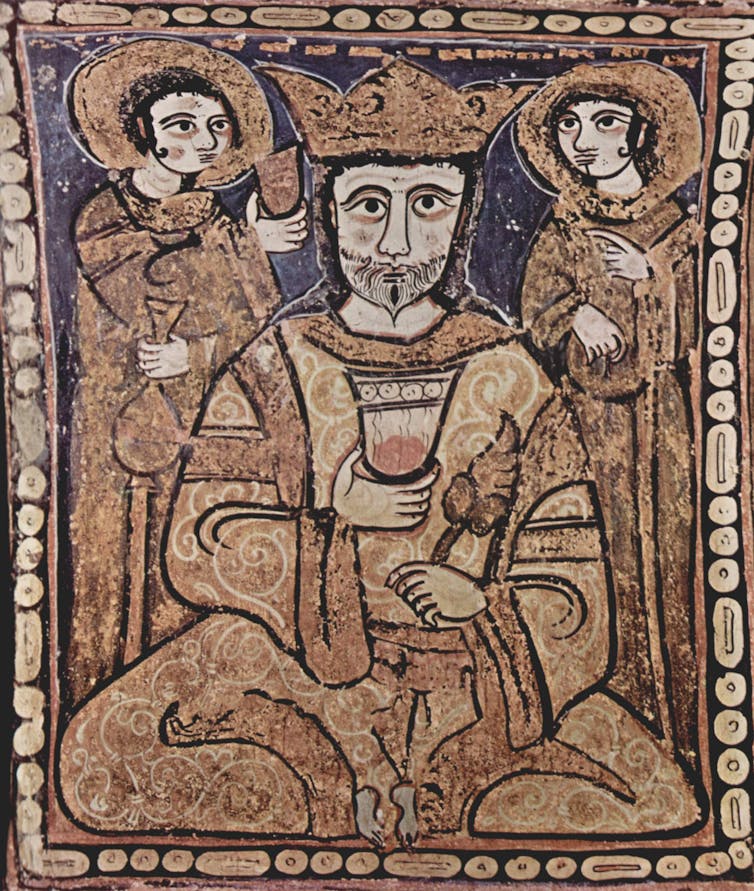
In Szymanowski’s opera, Edrisi is the close advisor of Roger, but in fact their relationship was based on intellectual collaboration rather than political counsel. Roger invited the North African, Muhammed Ibn Al-Idrīsi, to Palermo around 1139. He commissioned the scholar to compose a world geography, known appropriately as the Book of Roger.
In the book’s preface, Idrīsi writes that Roger wanted to know the “the true nature of his lands” and to put them into context with the rest of the world. For the next 15 years, Idrīsi and Roger interviewed travellers who visited Palermo, gleaning the most precise information about the regions of the world.
As such, the book is very large in scale, providing detailed descriptions of regions stretching from Ireland to Java. Below is the world map found in the book, with south placed at the top of the map. The “southern lands” – namely Australia – were described as too hot for habitation.
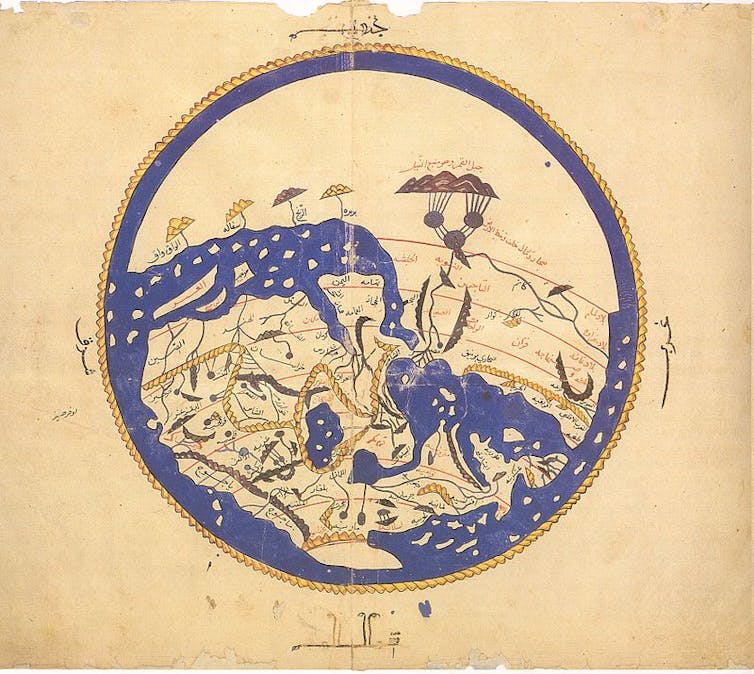
Seeing diversity as an opportunity
At a time when Europe was charged with the crusading spirit and fear of the “Muslim threat”, Roger displayed a curiosity and openness to the wider world that was ahead of his time.
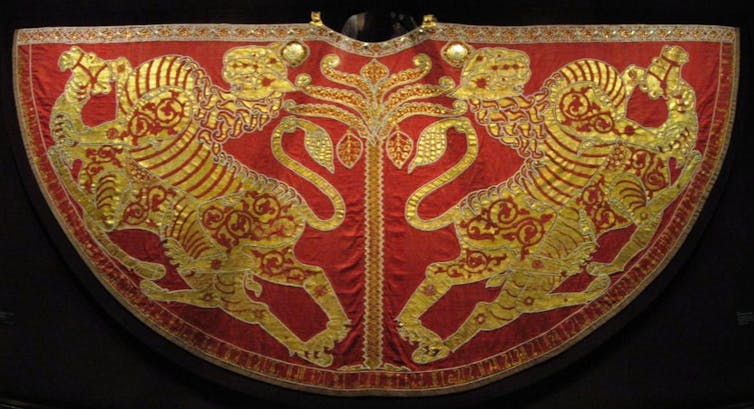
This vision, however, was short-lived. After Roger’s death in 1154, the situation for Sicily’s Muslim, and later Greek, communities deteriorated. Increasingly, mosques were converted into churches and large-scale Christian immigration was stepped up.
Following serious outbreaks of inter-confessional violence, including an anti-Muslim riot in 1161, there began a steady flow of Muslims out of Sicily, many settling in North Africa. Seeing the writing on the wall, a perspicacious though anonymous person rescued the manuscript of the Book of Roger, taking it to North Africa, where it became something of a classic.
Szymanowski’s opera presents Roger as a conflicted figure, uncertain of his place in the world; the composer clearly drew parallels between the issues of identity that plagued Roger and his own.
It can be argued that Roger displayed a remarkable assurance – he saw diversity as opportunity rather than something to be battled against or feared.
In a world in which Islam and the west are yet again at odds, this 12th-century example of inter-cultural collaboration is indeed one to be celebrated.
King Roger is playing at the Joan Sutherland Theatre, Sydney Opera House from January 20 to February 15, 2017.

